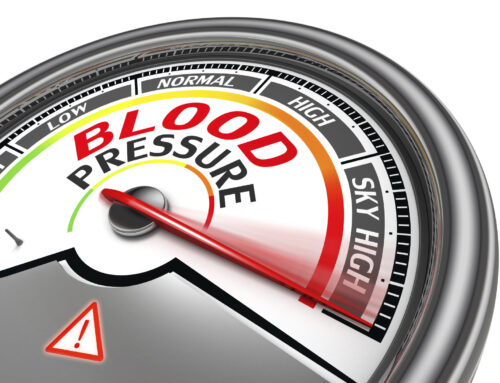Valvular Heart Disease. Let’s get to know it in this article we’ve put together for you.
Damage to or illness of any heart valve is known as valvular heart disease. Valve illness can be caused by a variety of things.
The left atrium and left ventricle are able to exchange blood thanks to the mitral valve, which is also known as the bicuspid valve.
The tricuspid valve opens up the right ventricle and right atrium to allow blood to flow through.
One way blood can leave the left ventricle and enter the aorta is via the aortic valve.
Aeration of the right ventricle into the pulmonary artery is made possible by the pulmonary valve.
The regulation of blood flow into and out of the heart is accomplished by opening and closing valves. The heart has three valves that open and close to let blood circulate; each valve is made up of three leaflets or flaps. There are just two leaflets in the mitral valve (Figure 2).
The leaflets of a healthy heart valve can open and close all the way during a heartbeat, while a valve that is diseased may not be able to do so. The aortic valve is the most frequently affected heart valve, however any of the heart’s valves might develop illness.
Regurgitation occurs when diseased valves become “leaky” and do not shut fully. This results in insufficient blood pumping forward through the heart because blood returns to the original chamber.
For valvular heart disease, what symptoms should one look out for?
The progression of heart valve disease might be rapid or gradual. Symptoms may not appear until the disease has progressed further in cases where valve disease progresses more slowly. Some people may notice the following symptoms when it comes on more quickly:
Difficulty breathing
Discomfort in the chest
Feeling exhausted
Unsteadiness or passing out
Fever
Quickly gaining excess fat
Rhythmic irregularities
How does one diagnose valvular heart disease?
During the process of listening to your heartbeat, the physician can pick up on a heart murmur, which is a peculiar sound. It is possible that the doctor will be able to tell which valve is impacted and what kind of problem it is (regurgitation or stenosis) based on the location of the murmur, how it sounds, and the rhythm of the murmur.
An echocardiogram is another test that a physician could do to determine whether or not the valves are functioning properly. This test involves the use of sound waves to generate a video of the valves.
Treatments of this disease
If the disease is not too severe, it may be possible to treat the symptoms using medication in order to manage the condition. It is possible that surgery will be recommended in the event that the valve is more severely defective and is producing more severe symptoms. The valve that is affected and the underlying cause of the disease will determine the sort of surgery that is performed. For certain conditions, the valve will need to be replaced, and this can be accomplished by either opening the heart during surgery or by replacing the valve without opening the heart during surgery.







Leave A Comment